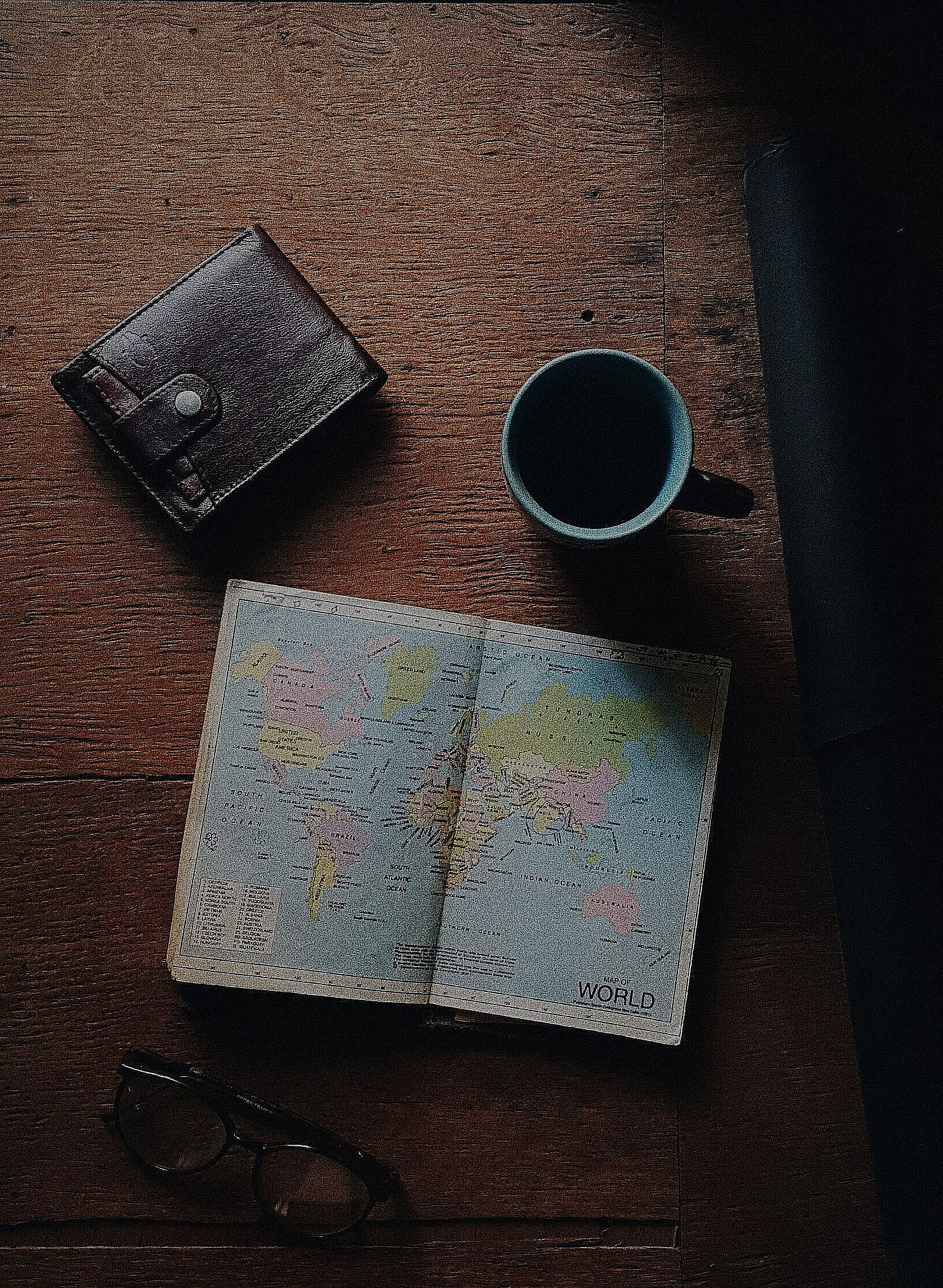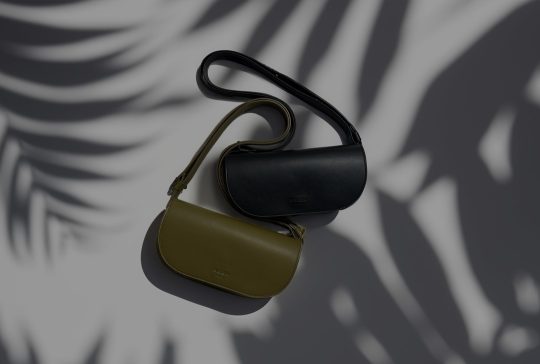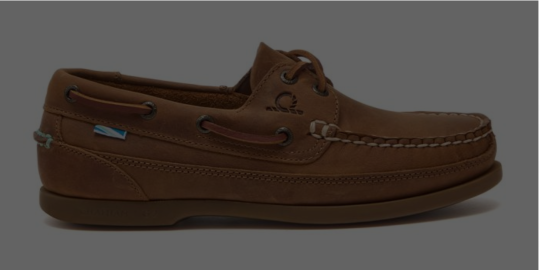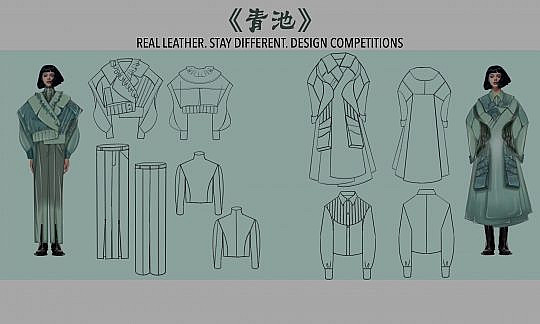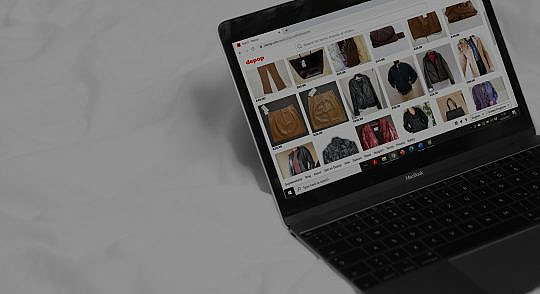Not all leather is equal. It may be easy to find, but getting the best quality can be tougher, which is why knowledge of the leather craftsmanship of different regions can be a safe route to sourcing quality products.
It’s a material that has been used for centuries, coveted for its durability and adaptability, whether it be for protection, footwear or saddles. There are historic leather centres but these days, leather is produced all over the world, using local methods and traditions. ‘Leather Locations’ is a three-part series, taking a closer look at the leather industries in notable countries across Europe, the Americas and Asia.
PART I – EUROPE
We begin in the heart of historic and modern-day leather manufacturing, Europe. The European leather industry uses by-products from meat and dairy farming that would otherwise be wasted, making it an environmentally-friendly practice. Within the EU, footwear accounts for about two fifths of the overall output, with furniture and leather goods almost one fifth respectively, followed by the automotive industry and clothing.
Leather tanneries generate almost €50billion per year, with many still owned by families or smaller businesses. The EU retains its place as the world’s largest supplier of leather, even with newer entrants such as China catching up.
To understand the heart of the European leather industry, we must first journey to Italy, the number one European leather manufacturer, still producing the highest quality leather in the world.
ITALY
Italy has a recorded history of leather production dating back to the 13th century, although in the Pompeii ruins from 79 AD, there is evidence of a tannery there too. The first known centre of Italian leather was the Santa Croce area of Florence, which is still hosts many tanneries and is an excellent spot to pick up fine leather goods, for instance at Mercato del Porcellino or San Lorenzo Market.
So why is Italian leather so sought after? Some Italian producers still use vegetable tanning, which takes a long time, meaning the end product is more expensive to buy. However, the results are more durable than the modern chrome tanning methods.
Italian leather also uses full grain hide, which is the most durable because it’s the strongest part. Not only does it last the longest, but full grain leather is also the most aesthetically pleasing, given the abundance of natural pebbling detail.
To know whether you’re buying the absolute best item, it’s advisable to look out for the ‘Leather from Italy – Full Cycle’ certification. This means that the tannery had complete control of the production process and can provide full traceability. However, all ‘Made in Italy’ products still have to ensure all processing steps take place in Italy, so this is still a sign of top quality.
There are many small and local brands you can find if you’re lucky enough to take a trip to Italy. But if you’re looking for an established Italian brand you can buy remotely, then there are plenty of options, such as Bottega Veneta, Salvatore Ferragamo, Furla and Il Bisonte.
TURKEY
Moving further east to another large European leather manufacturer, we land in Turkey. Exporting to almost two hundred countries, Turkey has approximately fourteen industrial leather zones, with roughly half of all output being footwear. Their industry also goes back centuries, the first official tanneries were created after 1453 when the Turks conquered Istanbul and had access to its large water supply. Unlike Italy which specialises in cowhide, Turkey works with mostly sheep and goat leather.
Today, a visit to the Kürkçüler Çarsisi in Istanbul Grand Bazaar is all you need for your leather shopping whims. Just have your wits about you and prepare to negotiate! It’s best to check things such as finishing details, softness, grain and smell – all of these can indicate product quality.
There aren’t as many world-famous Turkish brands as there are Italian, but there are a few worth seeking out. Firstly MANU Atelier, founded in 2014 by two daughters of a renowned leather goods manufacturer specializes in bags and footwear. Secondly, Esin Akan is a Lonon based brand, but with all bags made in Turkey with high quality leather.
PORTUGAL
We end our European tour in Portugal, another historic tanning centre with a modern resurgence in manufacturing. Tanning began in three regions, Guimarães, Oporto and Alcanena, which are still the leather centres today. There are records of tanning as early as the 17th century, but the industry really took off in the mid 19th century post Industrial Revolution, which allowed larger scale and more economically scalable organisations to grow.
Today, Portugal mainly exports leather shoes and accessories. José Neves, the Portuguese founder and CEO of Farfetch has commented that there are three reasons why Portugal is an “excellent source” for leather. Firstly, craftmanship is similar to “Italy and France with significantly lower labour costs.” Secondly, there are many “small-scale factories with very low minimums”, which is useful for smaller or luxury designers who don’t need a large collection. Finally, to supplement the domestic supply, raw materials “such as hides, heels, outsoles, trims, metal components” from other European countries are quick and easy to import, meaning manufacturing can keep moving seamlessly.
There are plenty of small Portuguese leather brands offering footwear and accessories, one of which is Manjerica. Founded in 2012, all of its bags are made with Italian leather but produced in Portugal, combining the best of both regions. A footwear brand worth looking out for is Reality Studio, which has successfully achieved elegance, comfort and durability with its collections. Although this is a German brand originally founded in Berlin, it has now moved to Porto and all of its products are made there.
In Part II of Leather Locations, we’ll be travelling across the Atlantic to the Americas, where we’ll be exploring several regional leather traditions.
BY NICOLA DAVIES
Don’t forget to follow Nicola!
Instagram: @nicola_jdavies
Twitter: @nicola_jdavies
Check out her website: nicolajdavies.com




